[Download Now] Stabilizing Unsafe Behavior: Suicide & Self-Injury – Janina Fisher
$59.00 Original price was: $59.00.$26.00Current price is: $26.00.
[Download Now] Stabilizing Unsafe Behavior: Suicide & Self-Injury – Janina Fisher
Product Delivery: You will receive a download link via your order email immediately
Should you have any question, do not hesitate to contact us: [email protected]
[Download Now] Stabilizing Unsafe Behavior: Suicide & Self-Injury – Janina Fisher
Salepage_https://catalog.pesi.com/item/8066/
Archive: https://archive.fo/wip/ewqyF
Childhood trauma and neglect leave survivors with a legacy of overwhelming memories and emotions but also a compromised nervous system that impairs their capacity to tolerate the normal ups and downs of life. Unaware that their intense reactions are driven by implicit traumatic memories lodged in the body, these clients resort to desperate measures: addictive behavior and self-harm to numb the body or increase hypervigilance, suicidal ideation to restore a sense of control over their lives and painful emotions, dissociative and borderline responses of fight and flight when hurt, threatened, or rejected. Rather than offering a context for healing the effects of childhood trauma, therapy becomes a crisis center whose goal it is simply to ensure the client’s safety.
Recent developments in neuroscience research and the evolution of new treatment techniques offer some hopeful answers to these puzzling and frustrating challenges. Ironically, the survival responses that preserve sanity under threat do not diminish once the danger is past. Instead, they continue to drive the symptoms for decades after the events are over, interfering with functioning, relationships, and therapeutic treatment.
This presentation will use a neurobiological lens for looking at traumatized individuals carrying a range of diagnoses troubled by addiction, self-destructive and suicidal behavior. We will explore the implications of a neuroscientifically-informed perspective on treatment and present the latest advances in effective interventions. When the trauma symptoms are “decoded” in this way, stuck, self-destructive, and therapy-destructive presentations become more understandable and manageable.
- Describe the implications of the neuroscience research for understanding and treating traumatized individuals
- Identify the neurobiological causes of self-destructive behavior
- Integrate mindfulness-based therapy techniques into the treatment
- Select appropriate interventions for stabilizing addictive and self-destructive symptoms and behavior
- Unsafe behavior and the neurobiology of trauma
- Changing the client’s relationship to impulsive suicidal and self-destructive behavior
- Somatic and cognitive-behavioral interventions for stabilization
Get Stabilizing Unsafe Behavior: Suicide & Self-Injury of author Janina Fisher
Salepage_https://catalog.pesi.com/item/8066/
Archive: https://archive.fo/wip/ewqyF
Childhood trauma and neglect leave survivors with a legacy of overwhelming memories and emotions but also a compromised nervous system that impairs their capacity to tolerate the normal ups and downs of life. Unaware that their intense reactions are driven by implicit traumatic memories lodged in the body, these clients resort to desperate measures: addictive behavior and self-harm to numb the body or increase hypervigilance, suicidal ideation to restore a sense of control over their lives and painful emotions, dissociative and borderline responses of fight and flight when hurt, threatened, or rejected. Rather than offering a context for healing the effects of childhood trauma, therapy becomes a crisis center whose goal it is simply to ensure the client’s safety.
Recent developments in neuroscience research and the evolution of new treatment techniques offer some hopeful answers to these puzzling and frustrating challenges. Ironically, the survival responses that preserve sanity under threat do not diminish once the danger is past. Instead, they continue to drive the symptoms for decades after the events are over, interfering with functioning, relationships, and therapeutic treatment.
This presentation will use a neurobiological lens for looking at traumatized individuals carrying a range of diagnoses troubled by addiction, self-destructive and suicidal behavior. We will explore the implications of a neuroscientifically-informed perspective on treatment and present the latest advances in effective interventions. When the trauma symptoms are “decoded” in this way, stuck, self-destructive, and therapy-destructive presentations become more understandable and manageable.
- Describe the implications of the neuroscience research for understanding and treating traumatized individuals
- Identify the neurobiological causes of self-destructive behavior
- Integrate mindfulness-based therapy techniques into the treatment
- Select appropriate interventions for stabilizing addictive and self-destructive symptoms and behavior
- Unsafe behavior and the neurobiology of trauma
- Changing the client’s relationship to impulsive suicidal and self-destructive behavior
- Somatic and cognitive-behavioral interventions for stabilization
Get Stabilizing Unsafe Behavior: Suicide & Self-Injury of author Janina Fisher
Delivery Method
– After your purchase, you’ll see a View your orders link which goes to the Downloads page. Here, you can download all the files associated with your order.
– Downloads are available once your payment is confirmed, we’ll also send you a download notification email separate from any transaction notification emails you receive from imcourse.info.
– Since it is a digital copy, our suggestion is to download and save it to your hard drive. In case the link is broken for any reason, please contact us and we will resend the new download link.
– If you cannot find the download link, please don’t worry about that. We will update and notify you as soon as possible at 8:00 AM – 8:00 PM (UTC+8).
Thank You For Shopping With Us!
Be the first to review “[Download Now] Stabilizing Unsafe Behavior: Suicide & Self-Injury – Janina Fisher” Cancel reply
Related Products
Medical & Health
Janina Fisher – Overcoming Trauma-Related Shame and Self-Loathing with Janina Fisher, Ph.D.
Medical & Health
Janina Fisher – Making Virtual Psychotherapy a Relational Experience
Medical & Health
Medical & Health
Janina Fisher – Brain-to-Brain: Mastering the Neurobiological Waltz
Medical & Health
Medical & Health
Psychology & Body Language

![[Download Now] Steps Toward Healing Traumatic Attachment & Borderline Personality Disorder - Janina Fisher](https://imcourse.info/wp-content/uploads/2022/02/capture-1176-100x100.jpg)
![[Download Now] Stabilizing the Core & the SI Joint: A Manual Therapy Approach – Peggy Lamb](https://imcourse.info/wp-content/uploads/2022/02/Stabilizing-the-Core-the-SI-Joint-A-Manual-Therapy-Approach-–-Peggy-Lamb-100x100.jpg)
![[Download Now] Stabilizing Unsafe Behavior: Suicide & Self-Injury - Janina Fisher](https://imcourse.info/wp-content/uploads/2022/02/Stabilizing-Unsafe-Behavior-Suicide-Self-Injury-–-Janina-Fisher.jpg)
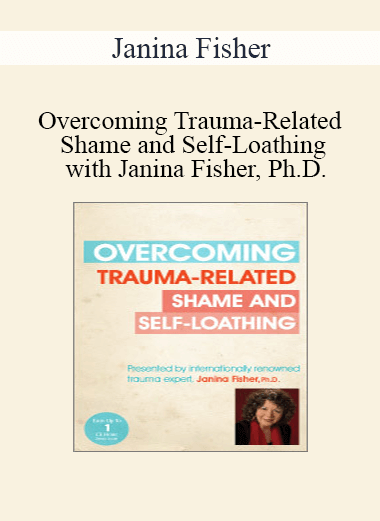



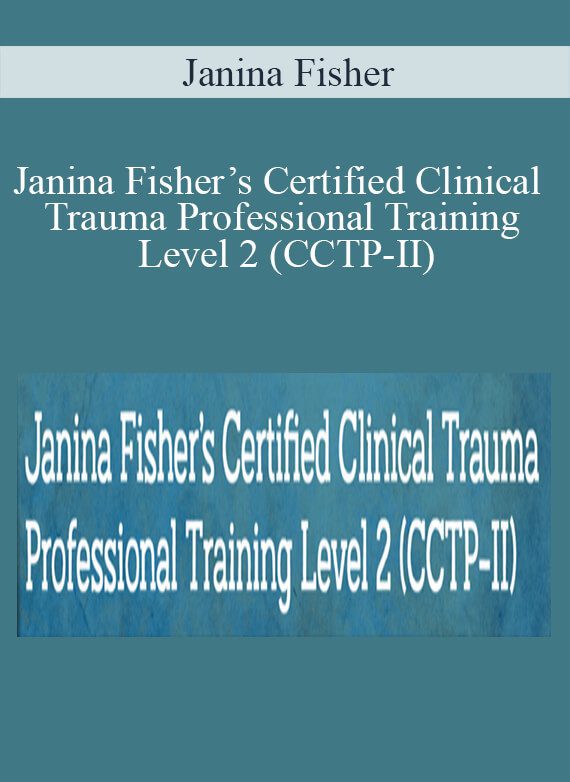
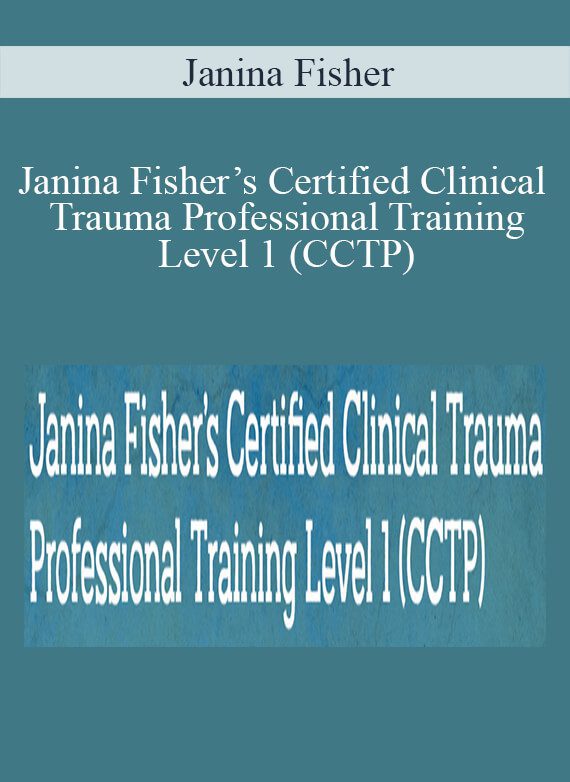
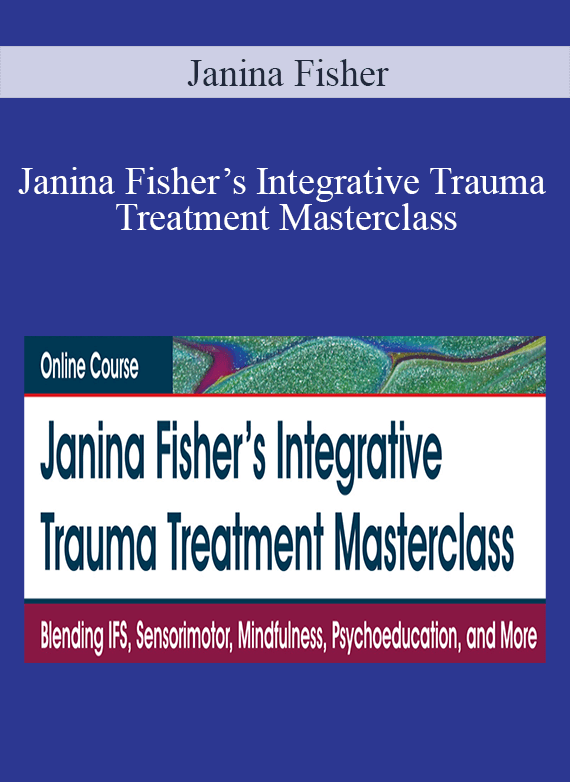
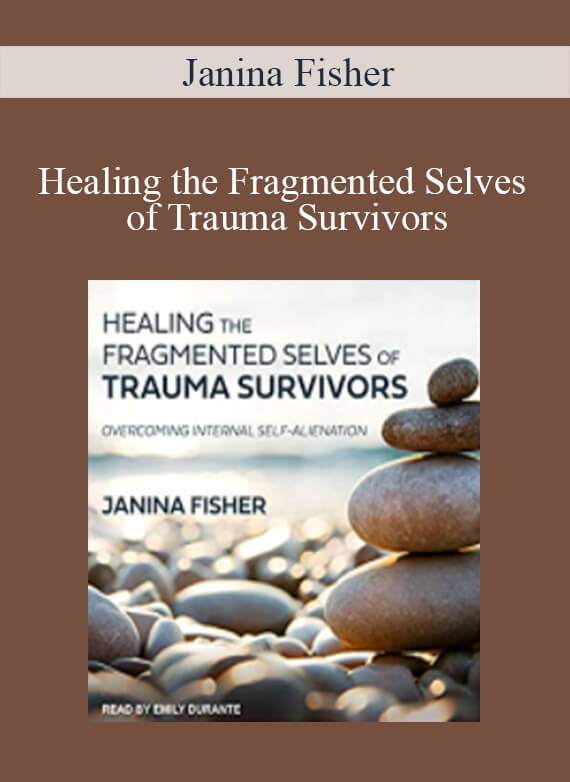
![[Download Now] Stabilizing Unsafe Behavior: Suicide & Self-Injury - Janina Fisher](https://imcourse.info/wp-content/uploads/2022/02/Stabilizing-Unsafe-Behavior-Suicide-Self-Injury-–-Janina-Fisher-100x100.jpg)
9 reviews for [Download Now] Stabilizing Unsafe Behavior: Suicide & Self-Injury – Janina Fisher
There are no reviews yet.